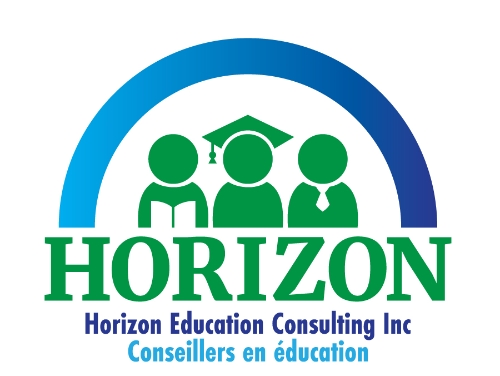Is your child bringing home the first report card from Junior Kindergarten, Grade 1, Grade 4, grade 7 or grade 9? Perhaps from college or university, if you are lucky enough to have an adult child share their results with you?
There are several benchmark years in the academic cycle of learning that bring new questions and expectations parents have of their child’s performance at school. Many parents relate to report cards the way they remember their own, which may be the first obstacle to interpretation since past practice represented results in marks, scores or grades. New assessment policies and practice use rubrics, or performance grids, since educational research has demonstrated that these types of assessment tools portray academic performance in a more realistic, holistic and relevant way: they reflect skills and attitudes necessary for learning and continued motivation. Report card comments should reflect ways a student can further improve these skills and set new learning goals and objectives. The report card focus is on continuous improvement and is no longer an autopsy report on success or failure in the classroom.
So what still drives parents’ quest for good marks from their children? The answer lies in residual paradigms of success established in conjunction with access to post-secondary education, namely universities and colleges. Since these institutions still generally rely on marks for admissions requirements, bursaries or scholarships, the effect of global assessment through rubrics is eroded in high school by the influence of expectations from the post-secondary sector. The importance of marks versus rubrics becomes a pedagogical debate, due to the career track students must choose while still in high school and depending on the course options a school offers. However, the mandate of secondary schools is the education of global citizens, since not all students pursue post-secondary studies.
Rubrics based assessment of a student’s knowledge, skills and transfer into different contexts is what makes an evaluation relevant. Realistically, other than the academic world of colleges and universities, in day-to-day life, marks are very rarely used to reflect success: think of the driver’s road test to obtain the G license or an employer’s performance appraisal of an employee. Hard work and motivation towards an objective or long term goal is the hallmark of many small and large business owners, and employee motivation and engagement have a direct impact on the success of business, which in turn stimulate economies.
So back to your child’s report card: what experiences at school have marked his or her progress in learning? Content or subject matter is soon forgotten if there is no relevance (ask any teenager). Your child’s performance assessment should reflect what they had the chance to explore in the classroom as learning, such as a science experiment, a new book, a new informational website or what may have been introduced to them, such as a concept, an idea, a controversial topic, a different perspective. Items which stimulate a child’s particular interest, past time or curiosity provide the motivation and the vehicle to achieve the curriculum expectations that the report card records at that particular phase of assessment. For this recording to occur, the teacher must know your child very well.
The best way to sense what your child has learned in school over the first couple of months of the current school year, is to listen to what they have to tell you or show you. If he or she shares news about a task completed, a social situation resolved, an observation in out of school surroundings, a personal reflection or opinion, or demonstrates more independence, these are all examples of continuous learning. These observations and comments should relate to his or her developmental age, not chronological age. Children born prematurely, having developmental delays or other medical or mental health issues cannot always achieve the curriculum expectations of the group of students in their classroom by the end of June. Each child or adolescent is at a different point on his or her learning continuum and so it is critical to respect the daily disposition to learn, basic needs, personal pace, emotional state, attention span and the saturation point for new or more complex information based on cognitive capacity.
The report card then, is just a snapshot in time of some of the elements achieved or still being learned, after the first fifty days in a new learning setting.
For more information about Ontario Ministry of Education assessment and evaluation policies for K- 12 visit http://www.edu.gov.on.ca/eng/policyfunding/growSuccess.pdf
(short video) Standards Based Reporting and Formative Assessment by leading educational researcher Robert Marzano http://www.youtube.com/watch?v=cNGajRP41nA&feature=relmfu
(short video) Authentic Assessment http://www.youtube.com/watch?v=3BFGwg9vGJc&feature=related
Monika Ferenczy
Education Consultant
